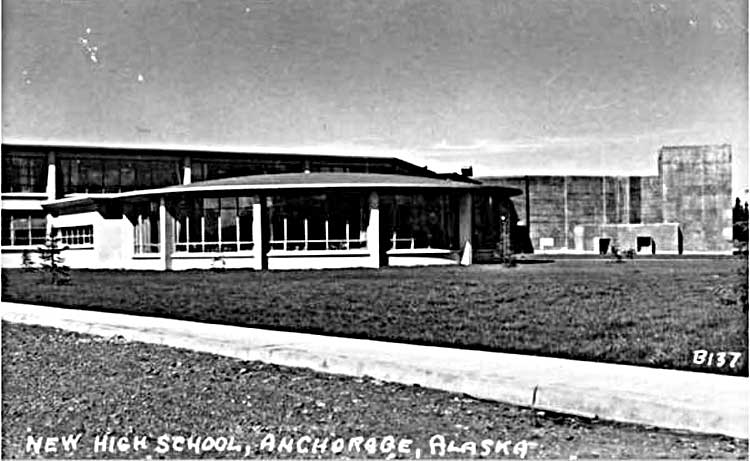“Yes, young man. You have a question? Who was Stephen Birch?
“Birch was a mining geologist much like myself who came to Alaska at the turn of the century looking for the right opportunity. He certainly found it here. Mr. Birch was backed by a venture-capitalist named Henry Havemeyer. He was in Valdez when a man named Jack Smith found him. Smith was one of the members of the McClellan group of eleven. He and Clarence Warner were the prospectors who discovered the Bonanza outcropping along the eastern ridge of the Kennicott Glacier valley.
“Stephen immediately began buying out the interests of these eleven men. By an ironic twist in history, Dan Kain, who was the first to sell, later located gold placer claims which he sold to Stephen Birch that were near the confluence of Dan Creek and the Nizina River. This was the traditional home of Chief Nicolai. The Nicolai Prospect is where all of this copper business started.
“The young geologist soon convinced his financial backers to begin buying up all the claims owned by the McClellan group. He saw this as an opportunity to make an enormous amount of money. Stephen found what we call the proverbial mother lode. He struck it rich because he was in the right place at the right time with money.”
 |
| Mt. Wrangell |
He received more chuckles.
“Yes, even then it took money. Being in the right place without it never did much good, in my opinion.”
Wes evoked additional laughs from the comment.
“Mr. Birch made his first visit to the Bonanza prospect in 1901. Early-on he experienced for himself the formidable nature of the vast country. He had been in the Copper Valley before, but never in this remote area of the Wrangells. There were two things on which Stephen staked his reputation. The first was that the Bonanza prospect was a copper mine like no other--worthy of the infusion of big money to develop the site.
“The second was that it would take the construction of a new railroad in order to make it all work. He was either incredibly lucky or unusually brilliant or both. I suspect he was both lucky and brilliant. In any case, he was right.
“I don’t suppose that you, Johnny, by any chance, had an opportunity to encounter the great Mr. Birch?”
“Me? A Native? Meet the great Mr. Birch? Yes, I did.”
The room went dead-quiet.
“I met Stephen Birch when he brought his bride Mary to Alaska in the summer of 1916. He met both me and my grandfather in a pool hall in Chitina. Birch knew my grandfather well. He was not ashamed to associate with us Natives. I am not one to be impressed with whites.”
Johnny heard the groans.
“Sorry, if you were a Native, you’d understand.
“But I was impressed with this man. He was no ordinary miner or businessman.
Birch represented power, but it was understated. Modest. Unpretentious. He was in it for the game. Because of that, he recognized the need to deal with my grandfather, who still represented all of us Ahtna Indians at that time.
“I met him again a second time when he made his last visit to Alaska in 1924. After that, I had an opportunity to visit him at his home in New Jersey.”
Wes’s eyes were beginning to widen. He was wondering if this man was real or an impostor.
How could an Indian have met someone in so lofty a position as the great Mr. Birch. And three times? At his home in New Jersey? Could this be right?
“Really? Just who was your grandfather? Could I have known him?”
“I did not mean to get you off the subject, Mr. Dunkle, but . . .”
“Please, Johnny, call me Wes.”
“Thank you, Wes. My Native family is Nicolai. The Nicolai Prospect was named after my grandfather.”
Johnny had gained the attention of the entire class. Wes Dunkle took a step back and stood in silence for a moment. He needed to collect his thoughts.
This man is the real thing. He’s the grandson of Chief Nicolai himself. My God!
After a few moments of silence, the old engineer finally addressed his audience.
“Class, we are privileged beyond anything I could have imagined possible. This is the grandson of the great Chief Nicolai. Johnny I am speechless. What a thrill for me to meet you. Do you have any idea how highly Birch regarded your grandfather?”
Johnny raised his eyebrows. It was his turn to be speechless.
“Johnny, you have a heritage which is as close to royal as anything I can conceive.”
“Wes, I did not come here to bring attention to myself. I never sought that. It never even occurred to me that anything quite like this would happen. I came here to learn more about the copper. I grew up and lived with the old steam trains that brought nearly thirty years of worth of copper ore right through my home village on the way to the Tacoma Smelter.”
“I want you to know that Birch always spoke highly of Nicolai. He was annoyed that some people suggested that Nicolai had simply given away those huge copper deposits to Kennecott. He used to tell us younger engineers that Nicolai was unique among the Indian chiefs and that his memory should be honored. He insisted that we owed a great debt of gratitude to a man who could have made life miserable for all of us.”
“Thank you, Wes. Please, go on with the class. I appreciate the kind words.”
“Thank you, Son. You have made this a particularly special moment for me.
|  |  | |
Nicolai of Taral at Valdez & Stephen Birch at Kennecott |
|




















